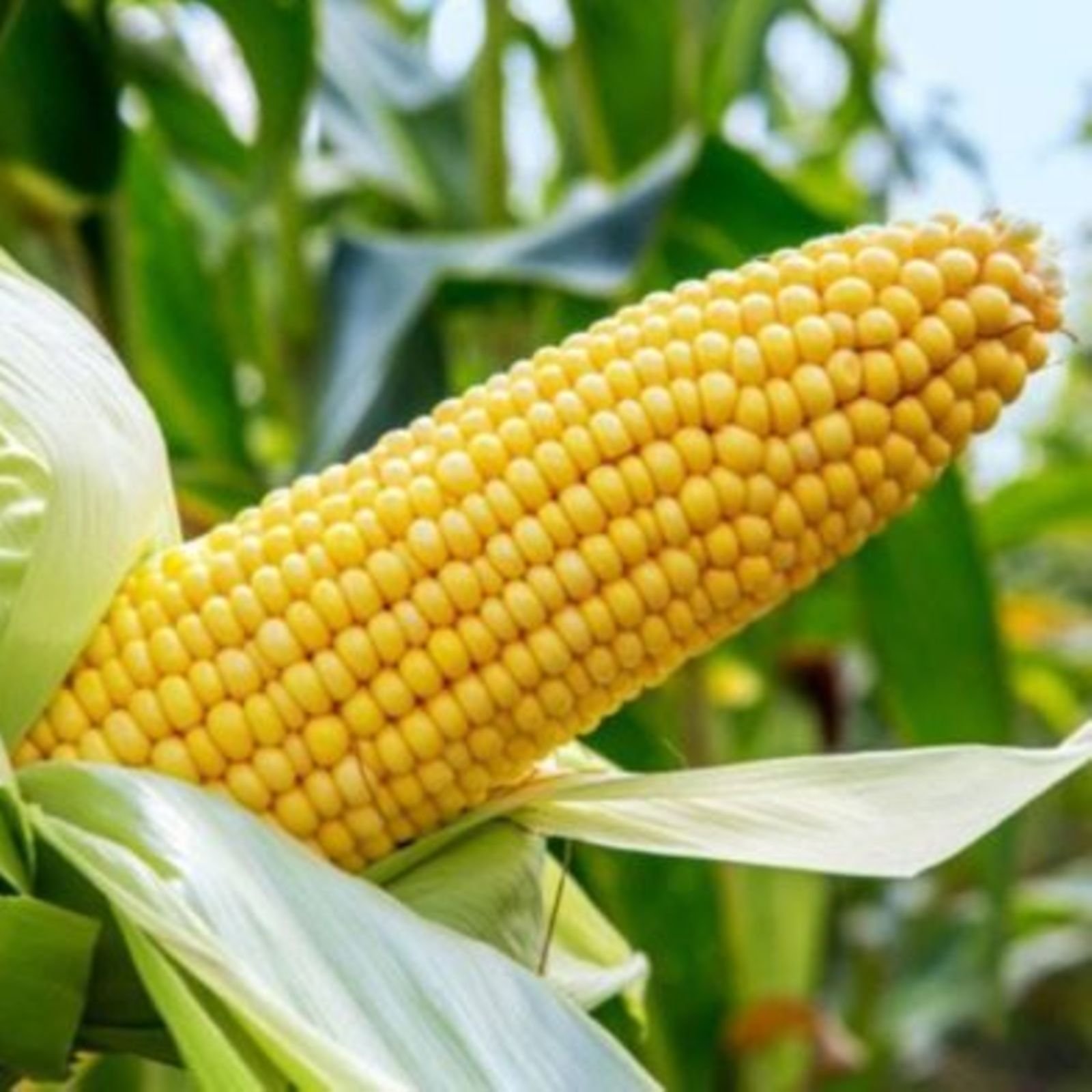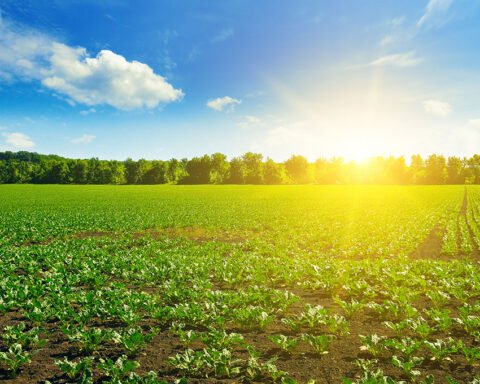Tanzania is cementing its position as a regional agricultural powerhouse after more than doubling its maize production in less than three years — a development hailed as a turning point for food security and economic resilience in the region.
The announcement was made by Minister for Agriculture Hussein Bashe during his budget speech before the National Assembly of Tanzania on May 21, 2025. According to Bashe, the country increased its maize output from 6.4 million tonnes in 2021 to 12.26 million tonnes in 2024.
“This is the fruit of strong government intervention — from investing in irrigation to subsidizing fertilizers. It’s a victory for farmers and food security in Tanzania,” said Bashe.
With this achievement, Tanzania has now overtaken Nigeria to become Africa’s second-largest maize producer, behind only South Africa.
The government’s target is to raise annual production to 15 million tonnes by the 2025/2026 farming season, a goal it plans to reach by scaling up programs such as the National Irrigation Commission (NIRC), the Fertilizer Subsidy Scheme, and farmer support services.
Tanzania’s agriculture sector has seen a sharp rise in public investment. The Ministry of Agriculture has grown its budget from TZS 294 billion in the 2021/2022 fiscal year to over TZS 1.25 trillion in 2024/2025, enabling expansion in irrigation infrastructure, seed distribution, and extension services.
The boom isn’t limited to maize alone. Rice production has grown from 1.2 million tonnes to 3.5 million tonnes, while cashew nuts production has surged from 180,000 to 520,000 tonnes, solidifying Tanzania’s status among the leading agricultural exporters in the East African Community (EAC).
Looking ahead, the National Food Reserve Agency (NFRA) plans to sell at least one million tonnes of surplus grains in 2025/2026 to local and international markets. This step is designed to ease storage pressure and boost foreign exchange earnings through exports to countries within the Southern African Development Community (SADC).
Also Read; US-China Trade Talks Signal Possible Reset
Minister Bashe emphasized that these gains reflect President Samia Suluhu Hassan’s vision of transforming agriculture into a modern and competitive sector. Since taking office in 2021, President Samia has prioritized rural development and the modernization of farming systems to help Tanzania meet Sustainable Development Goals (SDGs) related to hunger and poverty.
“We are no longer just feeding ourselves,” said Bashe. “We are building an agricultural economy that can sustain our neighbors and contribute meaningfully to the continent’s food basket.”
However, challenges remain. Analysts warn that to sustain this progress, Tanzania must also address issues such as post-harvest losses, climate change, and access to markets. They also stress the need for technological adoption, such as precision farming, and more inclusive policies that support women and youth in agriculture.
Still, the mood across the country’s farming communities is optimistic. For the more than 65% of Tanzanians who depend on agriculture for their livelihoods, the promise of higher yields, better prices, and broader access to regional markets signals a future filled with potential.
As the country looks ahead to the 2025/2026 season, Tanzania is not just cultivating crops — it’s cultivating global credibility as a reliable food producer in a rapidly changing world.







